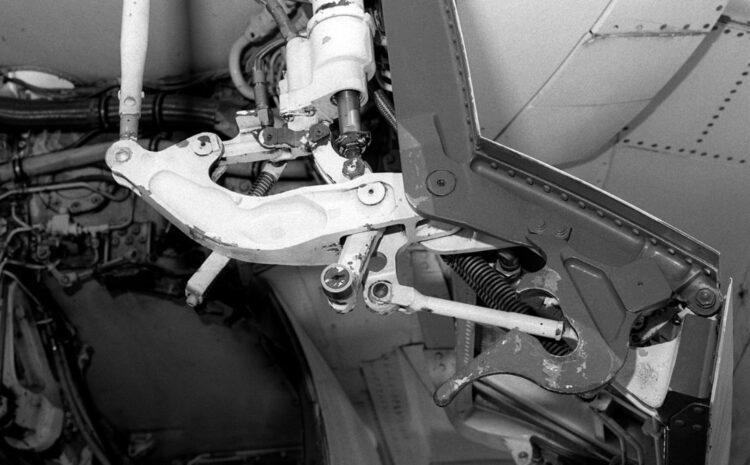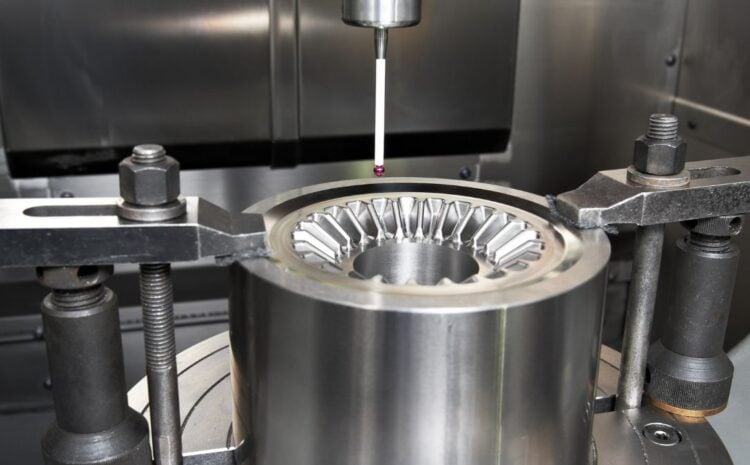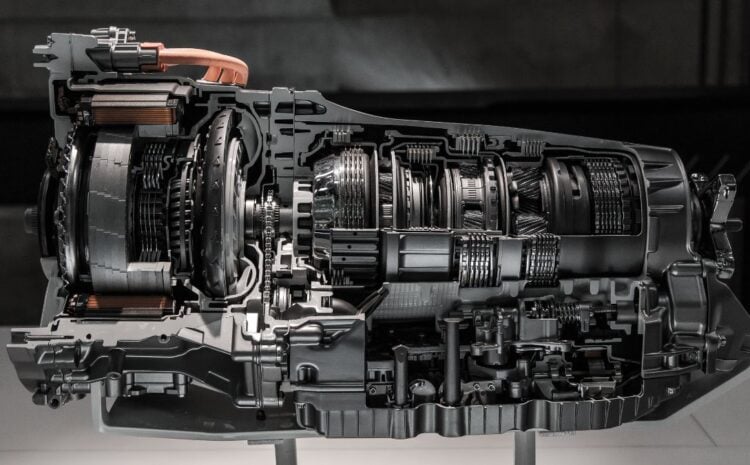Gears are vital components in various industries, including aerospace. In aircraft, gears are essential in transmitting power, controlling speed and direction, and managing torque distribution. This article discusses the types, applications, design considerations, maintenance, and future trends in aerospace gears.
Types of Aerospace Gears
In the aerospace industry, gears such as these are used:
- Spur gears: The most basic design, have teeth that are perpendicular to the gear axis and are straight. Transmission of power from an airplane engine to the propeller typically takes place via a spur gear.
- Helical Gears: The gears cut teeth at an angle to the gear axis, resulting in a smoother, quieter operation compared to spur gears. Landing gear systems and actuation systems use helical gears
- Bevel Gears: Bevel gears transmit power between non-parallel shafts and have conical-shaped teeth. Helicopter transmission systems commonly use bevel gears
- Worm Gears: These gears have a screw-like thread that meshes with a toothed wheel, resulting in a high-torque, low-speed transmission. Aircraft actuation systems and landing gear systems use worm gears.
- Planetary Gears: These gears have sun gear in the middle, planet gears that orbit the sun gear, and outer ring gear. A variety of gear ratios can be provided by planetary gears in aircraft transmissions.
- Hypoid Gears: These gears are similar to bevel gears but have a non-intersecting axis, resulting in a smoother, quieter operation. Aircraft engines commonly use hypoid gears
Applications of Aerospace Gears
Aerospace gears are used in various aircraft systems, including:
- Aircraft Engines: To transmit power from the engine to the propeller or fan, aircraft engines use gears. The gears must withstand high temperatures, high speeds, and high torque loads.
- Landing Gear Systems: Aircraft landing gear systems use gears to extend and retract the landing gear. To ensure high reliability and durability, designers must design the gears carefully.
- Actuation Systems: Aircraft actuation systems use gears to control various functions such as flight control surfaces, landing gear, and cargo doors. Designers must design these gears for high precision and reliability.
- Rotorcraft Transmission Systems: Helicopter transmission systems use gears to transmit power from the engine to the rotor. Designers must design these gears to withstand high vibration and shock loads.
Design Considerations for Aerospace Gears
Designing aerospace gears requires careful consideration of several factors, including:
- Material Selection: To ensure their strength and resistance to heat, manufacturers must make aerospace gears from high-strength materials such as steel alloys, titanium, and composites.
- Tooth Profile Design: Designers must optimize the tooth profile for efficient power transmission, low noise and vibration, and high durability.
- Lubrication: Proper lubrication is critical to reducing friction, wear, and heat generation in aerospace gears. Engineers must carefully select lubricants for their ability to withstand high temperatures and pressures.
- Noise and Vibration: To minimize noise and vibration that can affect passenger comfort and aircraft performance, designers must carefully design aerospace gears.
- Strength and Durability: Designers must design aerospace gears to withstand high loads, shock, and fatigue, and to have a long service life.
- Manufacturing Process: The manufacturing process for aerospace gears must be carefully controlled to ensure consistent quality and dimensional accuracy.
Maintenance and Troubleshooting
Regular maintenance and inspection are critical to ensuring the safe and reliable operation of aerospace gears. Maintenance and troubleshooting procedures include:
- Inspection Procedures:
Aerospace gears must be inspected periodically for wear, damage, or misalignment, using techniques such as visual inspection, measurement, and testing. - Gear Wear and Failure Causes:
Gear wear and failure can be caused by several factors, including overload, fatigue, corrosion, or improper lubrication. Identifying the cause of wear or failure is critical to prevent future incidents and determine the appropriate repair or replacement technique. - Repair and Replacement Techniques:
Gear repair and replacement can be complex and require specialized equipment and expertise. Repair techniques may include welding, grinding, or plating, while replacement may involve sourcing custom or specialty gears. - Gearbox Rebuilding and Reconditioning:
Gearbox rebuilding and reconditioning involve disassembling, inspecting, and refurbishing the entire gear system. This process can extend the life of gears, increase reliability, and reduce maintenance costs.
Future Trends and Developments
The aerospace industry is constantly evolving, and gear technology is no exception. Some of the future trends and developments in aerospace gear include:
Lightweight and High-Strength Materials: Advances in material science are leading to the development of new lightweight and high-strength materials, such as carbon fiber composites and 3D-printed alloys, which can improve the performance of aerospace gears.
Electric and Hybrid Vehicle Technology: The shift towards electric and hybrid aircraft is driving the development of new types of gear and gear systems, such as electric propulsion systems, which require specialized gear designs.
Additive Manufacturing: Additive manufacturing, or 3D printing, is enabling the production of complex gear designs with greater precision and flexibility, reducing manufacturing time and costs.
Computer-Aided Design and Simulation: Computer-aided design and simulation tools are improving the design and testing of aerospace gears, enabling engineers to optimize gear performance and reduce development time and costs.
IoT and Predictive Maintenance: The use of IoT sensors and predictive maintenance algorithms can help identify potential gear issues before they occur, allowing for proactive maintenance and reducing downtime and repair costs.
Conclusion
Aerospace gears are critical components in aircraft, playing essential roles in transmitting power, controlling speed and direction, and managing torque distribution. The design, selection, and maintenance of aerospace gears require careful consideration of several factors, including material selection, tooth profile design, lubrication, noise and vibration, strength and durability, and manufacturing processes. Future trends in aerospace gears include lightweight and high-strength materials, electric and hybrid vehicle technology, additive manufacturing, computer-aided design and simulation, and IoT and predictive maintenance. By embracing these trends, the aerospace industry can continue to improve the performance, reliability, and safety of its gear systems.



